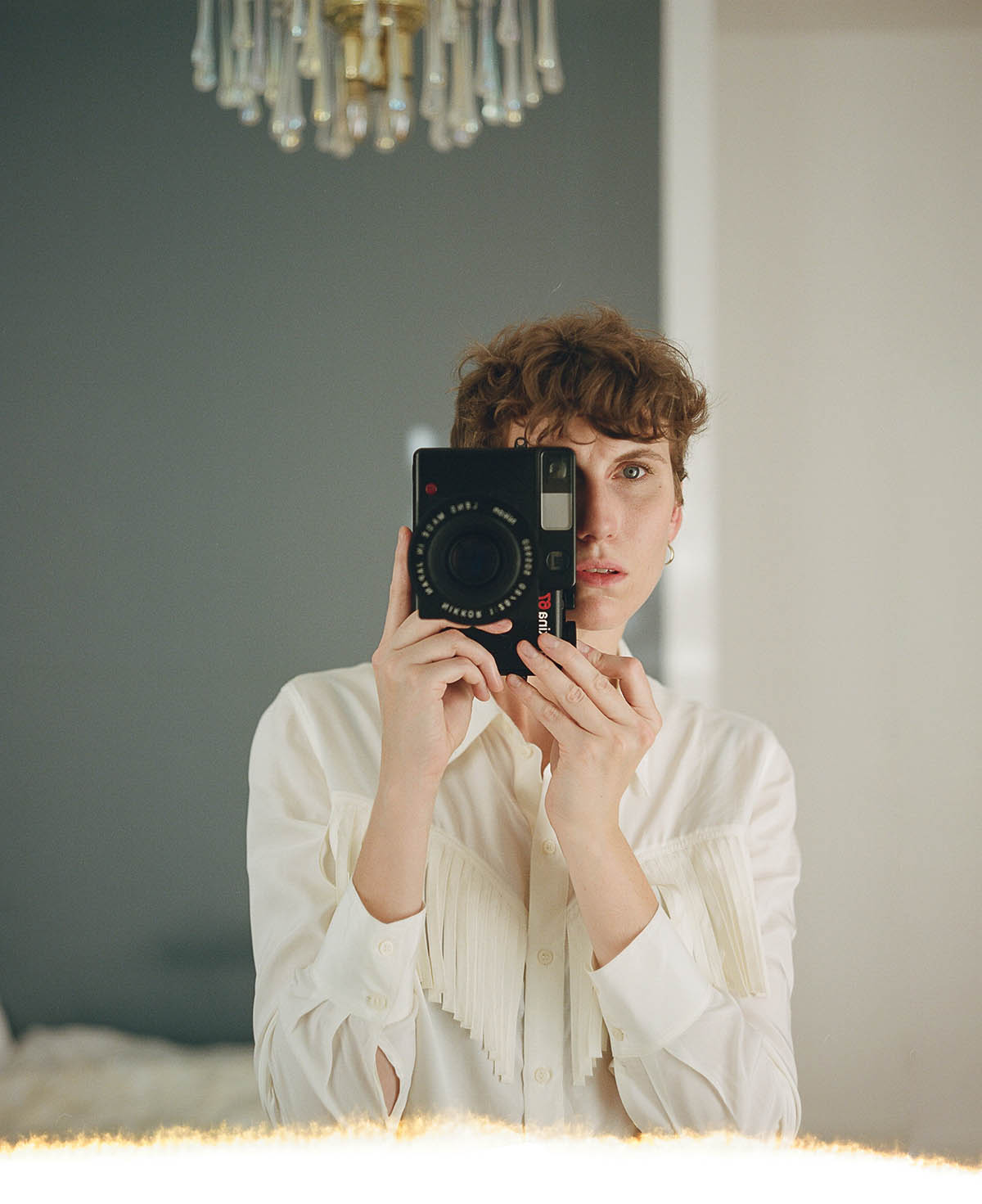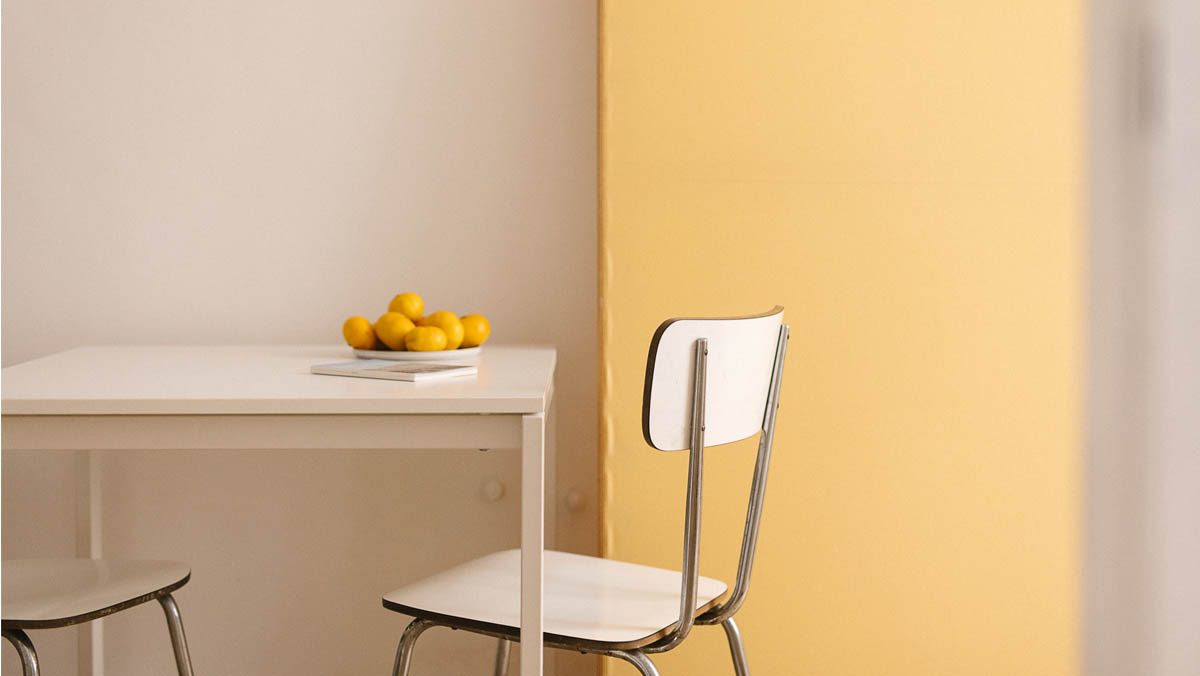Bis Theresa Wey ihre Heimat in der Fotografie fand, war sie an unterschiedlichen Theatern tätig. Auf das Theater folgte die kommerzielle Fotografie und mit der Schule Friedl Kubelka weitete sich ihre künstlerische Praxis. Heimat soll nun auch ihr neues Porträtstudio in der Bandgasse 32 sein, für achtsame Begegnungen nämlich. Eine weitere Gelegenheit für eine solche bietet sich am 20. November im Rahmen eines Porträtworkshops.

Im Portraitstudio Wien teilt Theresa Wey ihre Herangehensweise an die Portraitfotografie mit den Teilnehmer*innen: Neben handwerklichem Wissen wie Bildkomposition oder Lichtsetzung geht es dabei besonders um den Umgang mit dem abzubildenden Gegenüber. Eine Begegnung: mit Menschen und Fotos – und fotografierenden Menschen.
Datum: Samstag, 20. November 2021, 10–13+14–16 Uhr
Information zum Workshop: Maximal 8 Teilnehmer*innen. Mitzubringen: eigene Kamera (analog oder digital). Voraussetzung: geübter Umgang mit der eigenen Kamera (Blende, Belichtungszeit, ISO). Kosten: 80 €. Bitte beachten Sie die zum Zeitpunkt der Veranstaltung geltenden Covid-19-Sicherheitsbestimmungen für Wien. Wir empfehlen einen zusätzlichen PCR-Test.
Adresse und Kontakt:
Portraitstudio Wien
Bandgasse 32/3, 1070 Wien
Anmeldung unter theresa@portraitstudiowien.at
Theresa Wey – www.portraitstudiowien.at




